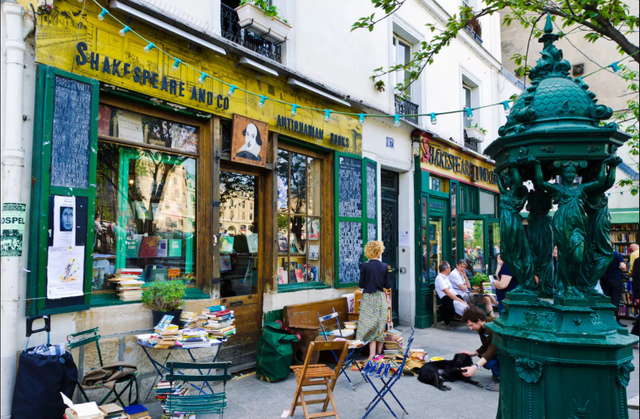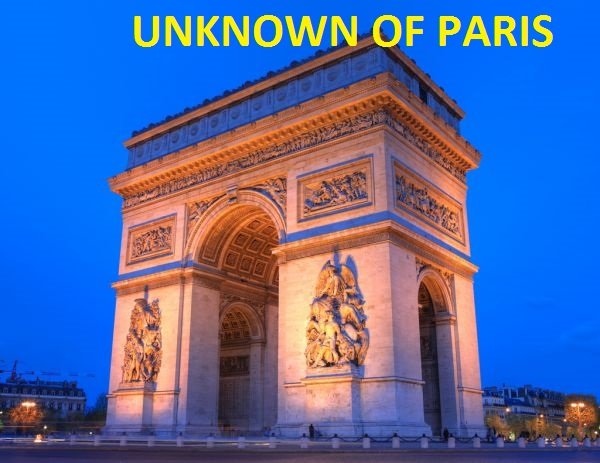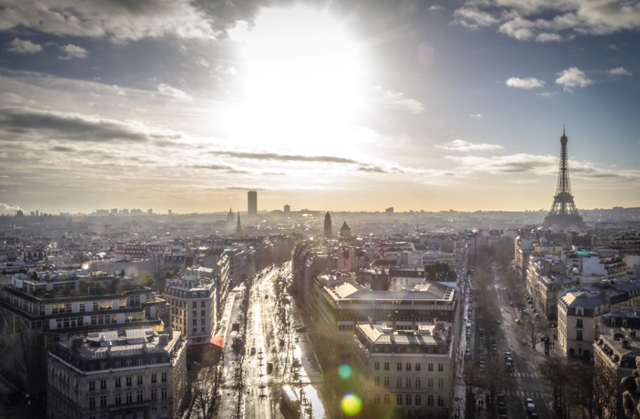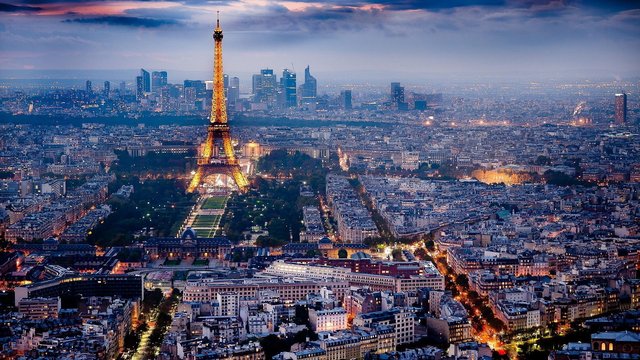Hidden of Paris. 10 things you didn't know about Paris
- Or stay in an exclusive address for free (as long as you're prepared to write for your supper)
The historic Shakespeare & Company bookshop, situated on the Left Bank in the shadow of Notre Dame, was originally established by intellectual Sylvia Beach and frequented by Hemingway and James Joyce, before being reopened in a different spot by legendary American bohemian George Whitman in 1951.Or stay in an exclusive address for free Shakespesre & Co has welcomed 30,000 Tumbleweeds to date.
From the start, the shop's doors were open to "Tumbleweeds" – including some of the leading lights of the Beat movement – who were invited to stay in its book-lined lodgings in exchange for helping out in the shop, reading a "book a day" and leaving behind a page of autobiography.
- And a hidden village
The mini-village, which sits atop a small mound in the un-touristy 20th arrondissement, is comprised of 92 impossibly quaint houses.La Campagne a Paris may be one of the French capital's best-kept secrets. The village was founded as a cooperative intended for working-class familes, by pastor Sully Lombard. These days the houses will set you back well in excess of one million euros.
The area is a short walk from Porte de Bagnolet Metro.

![pariscityscapepexels-photo (1).webp]
- There is a shadow town
The tunnels are all that remains of hundreds of years of mining Lutetian limestone, whose distinctive white hues define Paris’s Haussmannian architecture.The public may visit the spooky Catacombs ossuary – which forms a tiny subsection of this subterranean treasure – but many more secrets lurk beneath.
Underneath the avenues and boulevards of southern Paris sits a shadowland of underground tunnels and galleries.

- You can sip tea in a gorgeous garden
Located in the Latin Quarter and erected in 1926 – its courtyard cafe, complete with mosaic decoration and hanging foliage is the perfect place to grab a two-euro mint tea and take some time out from the bustle of the city, while experiencing an important part of its rich cultural heritage.
Paris is well-known for its wide array of imposing historical churches, but its Grand Mosque is also well worth stopping for.
- Parisians are as loyal as Londoners when it comes to their side of the river
The Seine splits in Paris into two halves – the Left Bank and the Right Bank – thus designated in relation to the direction of the river flow.